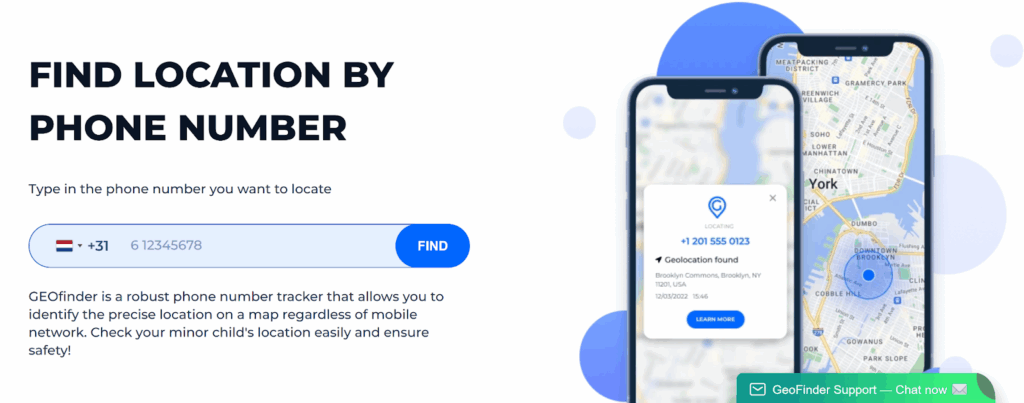Say you’re buying a laptop and find a decent deal, then your friend abroad checks it and sees it cheaper. They check the same site and boom, it’s cheaper for them. Same product. Same seller. Different prices.
Turns out, online stores don’t just care what you’re buying they care where you’re buying from. And they adjust prices based on your location. Yep, you’re basically being charged a digital tourist fee.
Here’s the upside: clever shoppers are beating the system. By using AI and switching their online location, they’re finding lower prices, hidden deals, and offers others miss. It’s not techy. It’s not shady. It’s just smart.
Online Stores Watch Where You Are And Charge You for It
Every time you visit a website, it checks where you’re connecting from. Your IP address reveals your location down to your country, and sometimes even your city. And online stores love this. Why? Because it lets them change prices behind the scenes. A pair of sneakers might cost $80 if you’re in the U.S., but only $60 if you “happen” to be shopping from India. The same goes for flights, hotel bookings, software subscriptions, and even streaming platforms.
It’s called dynamic pricing, and it’s very real. Retailers use it to squeeze out as much as they can based on what they think you can pay. So if you’re shopping from a higher-income country? The site might just quietly bump up the price. Most people never notice but now you will.
How a Residential Proxy Levels the Playing Field
That’s where a residential proxy comes in. Think of it like a digital disguise, but in a good way. When you connect through one, your internet traffic gets routed through a real device in a different country. So to the website, it looks like you’re shopping from Madrid, not Manchester.
This simple shift changes what you see. Now you see local prices, regional deals, and offers that were hidden before. It’s like swapping the front door of your house with one from another country and behind it, a totally different store. Same website address, very different shelf prices.
What AI Tools Can Actually Do For Your Shopping Game
You’ve probably heard AI can help you write stuff. But here’s the twist: it’s also a killer tool for shopping smarter. When you combine it with a residential proxy, it becomes your personal price scout.
Here’s what it can help you do:
- Compare prices across countries without opening 20 tabs.
- Translate promo codes or deal pages in seconds.
- Find regional bundles or “only-in-this-country” offers.
- Summarize reviews from other countries, so you don’t get stuck with junk.
The best part? AI doesn’t get tired of searching. And it never forgets where the deals are hiding.
Test Run – Shopping From 3 Places Without Leaving Your Couch
Quick example: booking a hotel in Rome. You check from your usual connection, it’s €110 per night. Now, you switch to a residential proxy in Brazil and check again. It drops to €92. Try it once more from Poland, now it’s €89.
We’re not making this up. Airlines, hotel sites, and booking platforms use location-based pricing all the time. Same dates. Same room. Different price tags, just based on where you “appear” to be. And that’s just one item. Imagine applying that to your subscriptions, electronics, or your next vacation.
Smart Shopper Routine: AI + Proxy = Savings
Here’s your simple routine to unlock the good stuff – no fancy tools, no learning curve, just a few smart steps:
- Open your Decodo dashboard and pick a country where the item might be cheaper.
- Connect your residential proxy – now you’re digitally there.
- Use AI to search that region’s prices, coupon codes, or local shops.
- Switch locations and repeat. Yes, it’s that easy.
- Compare the results – buy from the region with the best deal. Done.
You’re not gaming the system. You’re just seeing more of it.

What People Are Actually Saving On
Let’s go over a few real-life wins. This isn’t just theory, here’s what smart shoppers are already saving on:
- Flights booked from Southeast Asia or Eastern Europe often show lower prices than those booked from the U.S.
- Adobe and Microsoft subscriptions are up to 50% cheaper when purchased through Latin America.
- Clothes from global brands can be cheaper in EU countries with lower tax.
- Streaming plans cost less in places like India, Turkey, or the Philippines.
Why Decodo Makes This Ridiculously Easy
If this all sounds like a hassle, it’s not. Decodo makes it ridiculously simple. No tech skills needed, no weird apps. You just:
- Choose your target country or city.
- Click to connect.
- Browse like usual.
It’s fast, private, and works in your browser with any shopping site, AI tool, or research assistant. You won’t notice a thing except for the better prices.
It’s Still Your Cart, Just a Better View
Look, you’re still shopping the same way. Same cart. Same checkout. But now, you’re seeing the whole store, not just the version meant for your ZIP code. AI helps you spot the deals. Decodo lets you access them. You don’t need to travel across the world to shop like a local, just switch where you’re browsing from. Smart, right?









